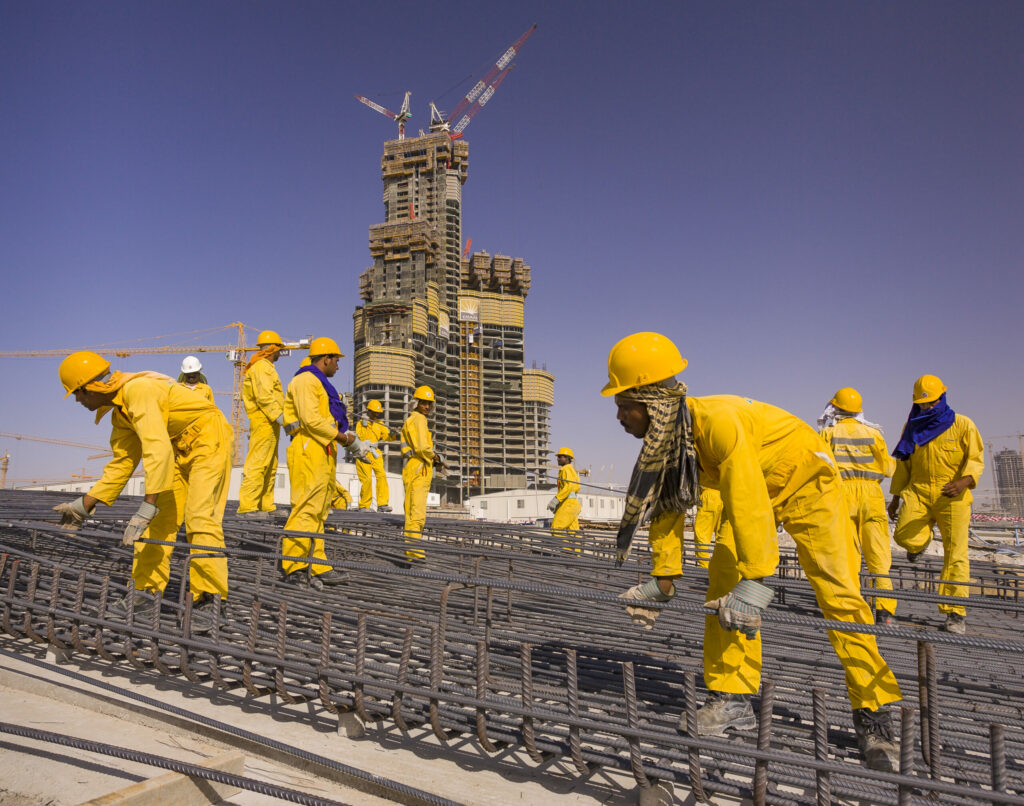The construction industry has always relied on immigration to fill labour gaps. For decades, we have counted on trades from other countries to bring their skills and expertise to help build our homes and infrastructure.
The situation has not changed. We still need immigrants with skills to work in construction. Many older workers are retiring and, if the projections are correct, there’s an urgent need to get 100,000 new people into the skilled trades over the next decade in Ontario just to keep pace with demand.
The labour shortage has been intensified by the impact of the COVID-19 pandemic. About 21,000 jobs in construction were unfilled in the second quarter of this year, so it is critical that we find a way to fill the void. Otherwise, we could find ourselves in dire straits, resulting in a delay of much-needed housing.
The Ontario Immigrant Nominee Program (OINP) is the primary mechanism used by the province to attract the skilled workers it needs. The province nominates people who have the skills and experience needed in Ontario, but the federal government makes the final decision on approvals as it is responsible for the border and assigning citizenship and residency.
Under the present system, Ontario can only nominate about 9,000 potential immigrants a year. However, provincial Labour Minister Monte McNaughton has called on the federal government to double the number of skilled workers allowed into Ontario under the program as quickly as possible.
With the federal-provincial immigration agreement set to expire in 2023, the time is ripe to come up with a new deal that gives Ontario more say in selecting immigrants that come to the province. Ontario – like Quebec – must have more autonomy to bring in immigrants and fill in the demand for specialized careers.
Between the 1950s and 1980s, there was massive immigration of skilled trades immigrants to Canada which allowed us to build the housing that we needed. Many of these immigrants are still working and have contributed hugely to our economy.
The carpentry-related trades, low- and high-rise forming, concrete and drain, sewer and watermain, and bricklaying are all dependent on skilled immigrants. We must ensure that pipeline continues. The provincial government has significantly enhanced skilled trades funding over the last four years, and these investments are both noticed and greatly appreciated. However, more remains to be done.
We need to go back to what worked in the past and welcome immigrants interested in specialized careers in the residential construction sector. We also need to embrace those who are willing to learn the specialized skill sets needed to have a fulfilling and lucrative career in residential construction.
Increasing the number of immigrants under OINP will give the province flexibility to recruit more skilled trades, and especially those with specialized skill sets who work in residential construction.
A report by RBC indicates that the workforce will see a 10,000-worker deficit in 56 nationally recognized Red Seal trades over the next five years, a scarcity that could be widened tenfold when 144 provincially regulated trades are added into the mix. We are already under-producing housing, especially in the Greater Toronto Area, and a trade shortage will only make matters worse.
Hopefully, the federal government will act sooner rather than later.
Richard Lyall, president of RESCON, has represented the building industry in Ontario since 1991. Contact him at media@rescon.com.









